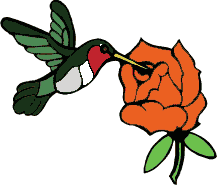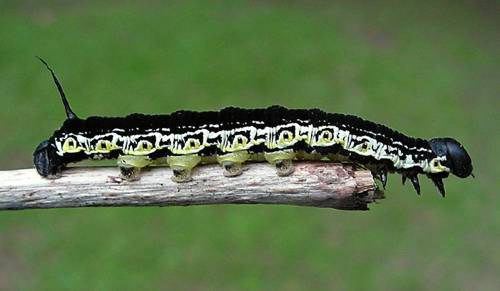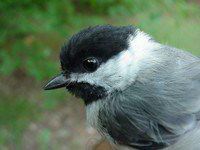 HOME: www.hiltonpond.org |
|
||
|
|
|||
|
|
|||
|
|
|||
|
|
|||
|
|
|||
|
THIS WEEK at HILTON POND |
 DON'T MISS DON'T MISS"HUMMINGBIRD MORNINGS" |
 HOME: www.hiltonpond.org |
|
||
|
|
|||
|
|
|||
|
|
|||
|
|
|||
|
|
|||
|
THIS WEEK at HILTON POND |
 DON'T MISS DON'T MISS"HUMMINGBIRD MORNINGS" |
 Were you able to identify from their illustrations all six things found at Hilton Pond Center? And did you figure out their "Connections" without coming directly to this page? (Or would you rather go back and try a little harder with A Quiz on "Connections" ?) If you live in the South, chances are you did better on the quiz than folks from north of the Mason-Dixon Line or the western U.S. But the Southern Catalpa is especially prone to attack by larvae of the Catalpa Sphinx Moth, Ceratomia catalpae (top)--whose caterpillar is treated with mystical reverence and respect by southern anglers who believe it is a bait irresistible to fish they refer to almost as reverentially as "brim." Elsewhere, folks call these several fish species "bream" and "panfish," or more correctly "sunfish"--as in the Green Sunfish, Lepomis cyanellus (below left).
When it has eaten its fill and reached full size, the Catalpa Sphinx Moth caterpillar crawls to the ground and forms an inch-long reddish-brown pupa in shallow soil, emerging as an adult about two weeks later. This cycle can occur as many as three or four times a season, with the autumn generation overwintering as pupae in the humus beneath Catalpa trees. For some reason still unknown to science, some Southern Catalpas are completely defoliated by Catalpa Sphinx Moth caterpillars, while others go untouched. The big tree at Hilton Pond Center is one that loses all its leaves during an outbreak--something that could lead to the tree's death if it happened annually or more than once in the same season. Fish and frass, moths and trees, caterpillars and birds--now you know how all these are wondrous examples of the many natural "Connections" at Hilton Pond Center. Back to A Quiz on Connections If you enjoy "This Week at Hilton Pond," please help Support Hilton Pond Center for Piedmont Natural History |
 (Muddy brown iris of young birds usually turns white in adults) The following species were banded this week (8-14 July): Ruby-throated Hummingbird--15* * = Includes at least one Recent Fledgling |
WEEKLY BANDING TOTAL YEARLY BANDING TOTAL (2001) 63 species 768 individuals BANDING GRAND TOTAL (since 28 June 1982) 122 species 39,051 individuals NOTABLE RECAPTURES WITH ORIGINAL BANDING DATES: Ruby-throated Hummingbird (9) 05/30/97 (after-fifth-year bird)* 08/30/99 05/29/00 07/07/00 07/08/00 07/16/00 08/04/00 08/30/00 (two birds) * This is the third hummer banded in 1997 and recaptured in 2001; each was also recaptured every year in between. All photos & text © Hilton Pond Center |
|
Up to Top of Page Current Weather Conditions at Hilton Pond Center |
 post questions for The Piedmont Naturalist |
 Nature Study Network |
Hilton Pond Center |
|
|